
What Is Telemonitoring & How It is shaping the Healthcare industry
What Is Telemonitoring & How It is shaping the Healthcare industry Gone are the days of frequent hospital visits and lengthy waits in crowded waiting
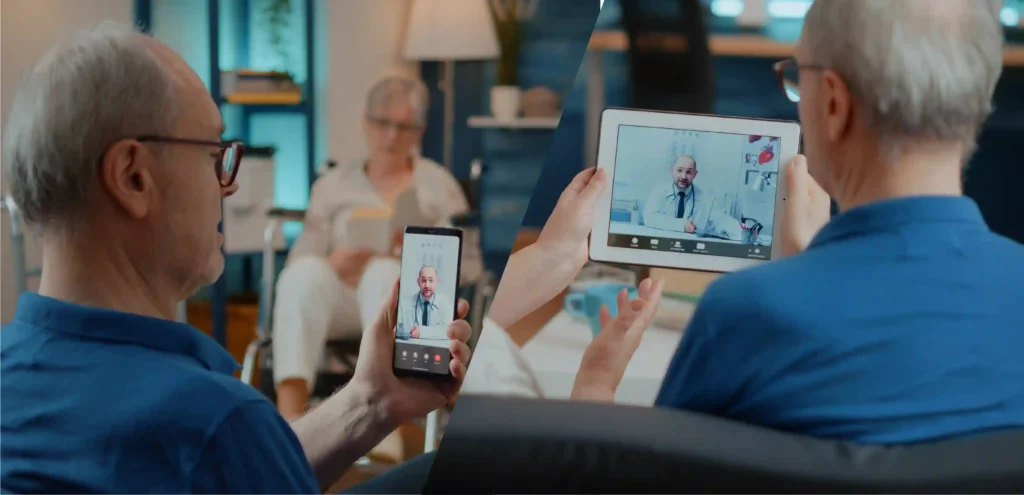
Healthcare delivery has taken a remarkable shift since the introduction of remote patient monitoring devices. With an increase in telehealth services during the pandemic era, these devices have gained more significance in providing accessible and efficient patient care. Have you ever found yourself wishing for a more straightforward way to keep tabs on your health or your patient’s health? Remote patient monitoring devices might be your answer.
In this blog, we will explore the top 8 most common remote patient monitoring devices that can revolutionize our healthcare system. With 88% of healthcare providers already shifting to using these health monitoring devices, it goes without saying that these are the future of healthcare. So, let’s dive in to see the most well-known devices and why you should choose them.
What are remote patient monitoring devices all about? Think of them as your personal healthcare sidekicks – technology’s answer to keeping you healthy and informed, no matter where you are. These nifty gadgets and apps are pivotal in the world of telehealth, bridging the gap between patients and healthcare providers, even when miles apart.
In simple terms, rpm devices are tools that use digital technology to monitor and capture health data from patients. This data is then transmitted securely to healthcare providers, allowing for real-time tracking of a patient’s health status. It’s like having a mini medical team constantly keeping an eye on you, ensuring you’re in tip-top shape, or detecting any health hiccups before they become major issues.
From blood pressure monitors that can send your readings directly to your doctor to wearable devices that track your heart rate and sleep patterns, these devices are all about making healthcare more accessible, personalized, and efficient.
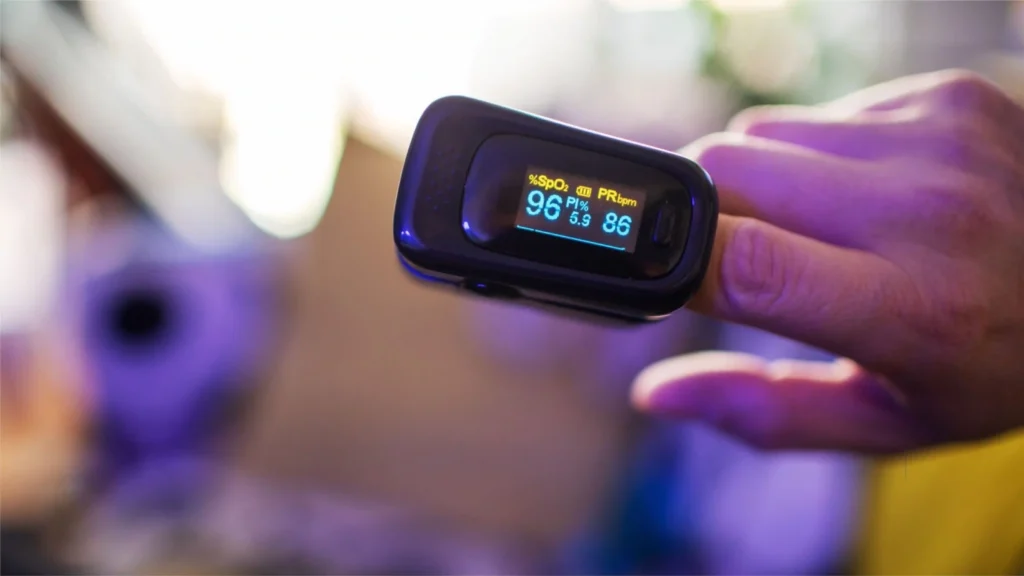
When we talk about remote patient monitoring (RPM), blood pressure monitoring devices are often the first thing that comes to mind. These handy gadgets have become a staple in managing health, especially for those dealing with chronic conditions. But what exactly are they, and how do they work wonders in healthcare?
What Are Blood Pressure Monitoring Devices?
Simply put, these devices are like your home-based, personal blood pressure check-up kits. They range from traditional cuff-based monitors to more advanced, wearable technology. What makes them stand out in the RPM world is their ability to measure your blood pressure and transmit the data directly to your healthcare provider—having these personal health monitoring devices is like having a virtual health check-up without stepping out of your home!
Managing a Range of Conditions
Blood pressure monitoring devices are crucial for managing various health conditions. Let’s break down how they help:
How Do They Help?
The real magic of these devices lies in their ability to provide continuous, real-time data. This constant stream of information allows for a more dynamic and responsive approach to treatment. Healthcare providers can spot trends, identify potential health risks early, and tailor treatments to the individual’s needs. For patients, it offers peace of mind and a sense of control over their health.

Having a tiny yet powerful assistant dedicated to managing your blood sugar levels, right at your fingertips. That’s exactly what a remote patient monitoring glucometer is – a smart, tech-savvy tool in the world of diabetes management.
Remote patient monitoring glucometers are advanced blood glucose meters that not only measure blood sugar levels but also have the capability to transmit this data to healthcare providers remotely. They represent a significant leap from traditional glucometers, as they provide real-time data and analytics to both the patient and their healthcare team.
How Do They Work?
Here’s the typical scenario: a patient uses the glucometer to check their blood sugar levels. This could be before a meal, after a meal, or as directed by their healthcare provider. The glucometer then automatically sends this data via a secure connection to the patient’s healthcare provider. This transmission can happen through various means – Wi-Fi, cellular networks, or other digital methods.
What’s great about these devices is the level of convenience and precision they offer. Patients no longer need to manually log their readings or wait until their next appointment to discuss their blood sugar trends. Healthcare providers, on the other hand, receive a continuous flow of data, allowing for more accurate monitoring and timely interventions if needed.
Who Uses Them?
Remote patient monitoring glucometers are primarily used by individuals with diabetes – both Type 1 and Type 2. They are especially beneficial for:
Patients with Busy Lifestyles: For people who find it challenging to regularly visit healthcare facilities, remote monitoring offers a convenient alternative without compromising on their health management.

A pulse oximeter is a non-invasive device that clips onto a fingertip to measure the oxygen saturation level (SpO2) in your blood and your pulse rate. It’s a fast, painless way to find out how well oxygen is being sent to parts of your body furthest from your heart, like your arms and legs.
How Does It Work?
Here’s the cool part: when you clip the device onto your finger, small beams of light pass through the blood in your finger, measuring the amount of oxygen. It does this by looking at how much light is absorbed by the oxygenated and deoxygenated blood. It’s like a little science experiment happening right on your fingertip!
Who Uses a Pulse Oximeter?
Pulse oximeters are used in a variety of settings and by different people:
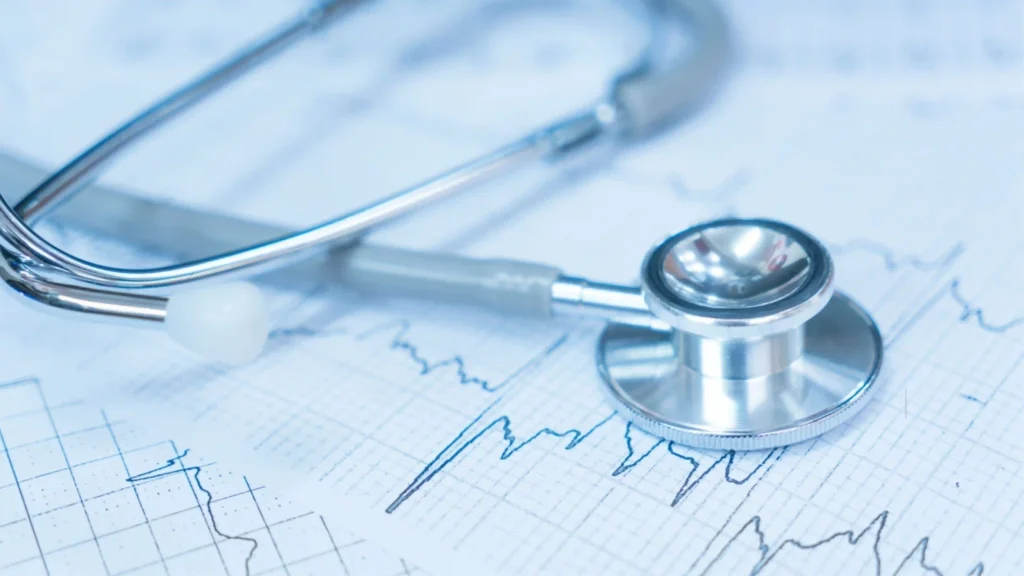
Using these devices is pretty straightforward. You use them to check your heart, and they give you two types of information. First, they listen to how your heart sounds (like a stethoscope), which can tell you if there’s anything unusual. Second, they record the heart’s electrical activity (like an ECG), which can show if your heart’s rhythm is normal or not.
Who Uses These Devices?
Why It’s So Cool
This combo device is a big deal because it’s like having a mini heart check-up at home. It’s easy to use and gives you and your doctor a lot of important information about your heart. It’s a great way to make sure your heart is healthy, without always having to go to the doctor’s office.
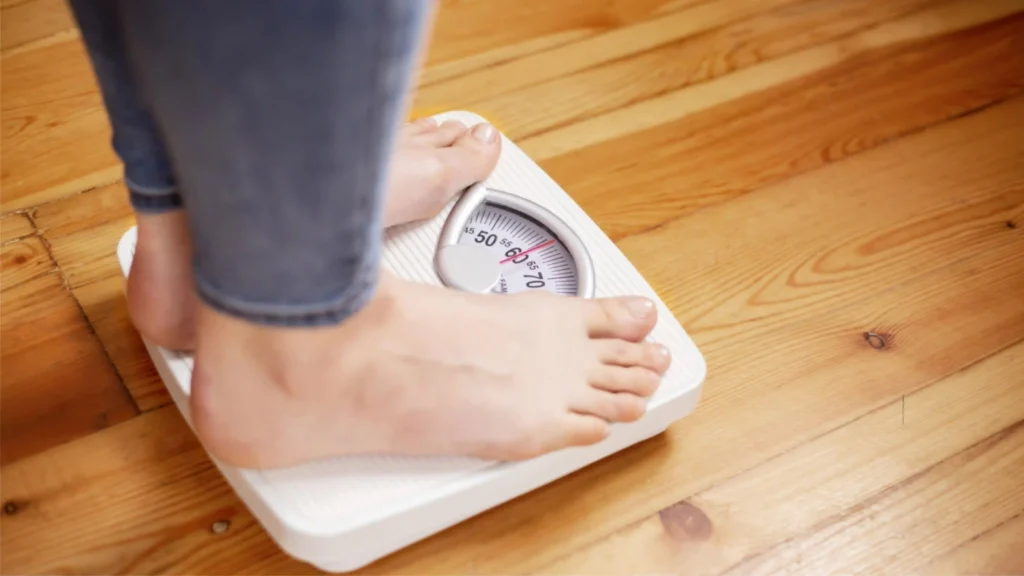
Today’s weigh scales are not just about measuring how much you weigh. They’re smart, connected devices that can provide a wealth of information about your body composition. These scales can measure body fat percentage, muscle mass, water content, bone density, and even give insights into your metabolic health.
How They Work
Using a smart weigh scale is easy. You step on it, and it does all the hard work. It sends a harmless, low-level electrical current through your body (you won’t feel a thing!) to measure body composition through bioelectrical impedance analysis. This data is then sent to your phone or tablet, often via an app, where you can track changes over time.
These scales bring the concept of weight monitoring to a whole new level. They offer much more than just your weight; they provide a comprehensive view of your body’s health. With this information, you can tailor your diet, exercise, and lifestyle to suit your health needs better.
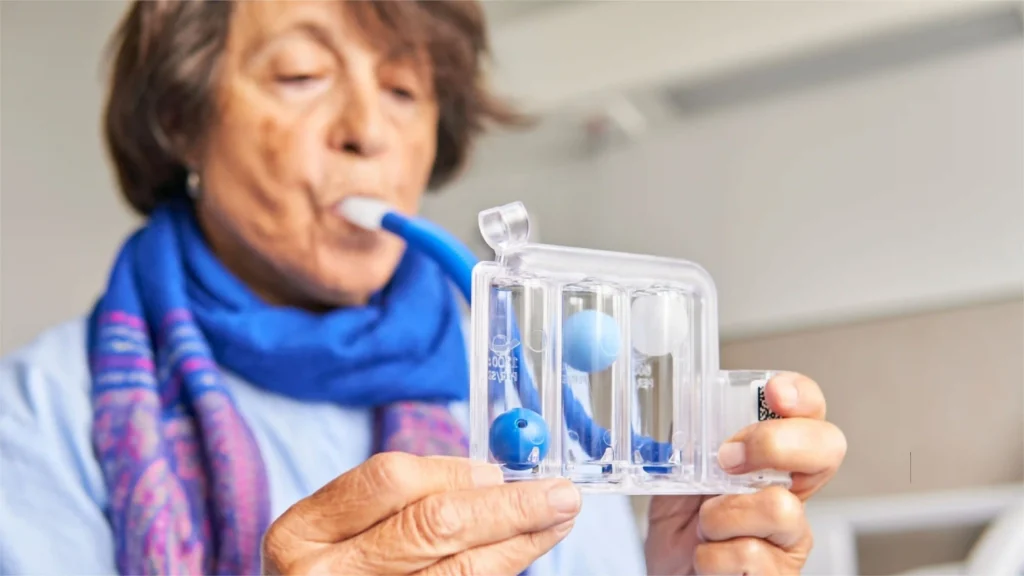
A spirometer is a device that measures how well your lungs are working. Specifically, it measures the volume of air you inhale and exhale, and how quickly you can do so. In the world of remote monitoring, spirometers have become more user-friendly, allowing patients to check their lung function regularly without a trip to the doctor’s office.
How It Works
Using a spirometer is relatively straightforward. You take a deep breath in and then exhale into the device as quickly and forcefully as you can. The device captures this data and can send it directly to your healthcare provider. This information is crucial for tracking the progress of lung conditions and making any necessary adjustments in treatment.
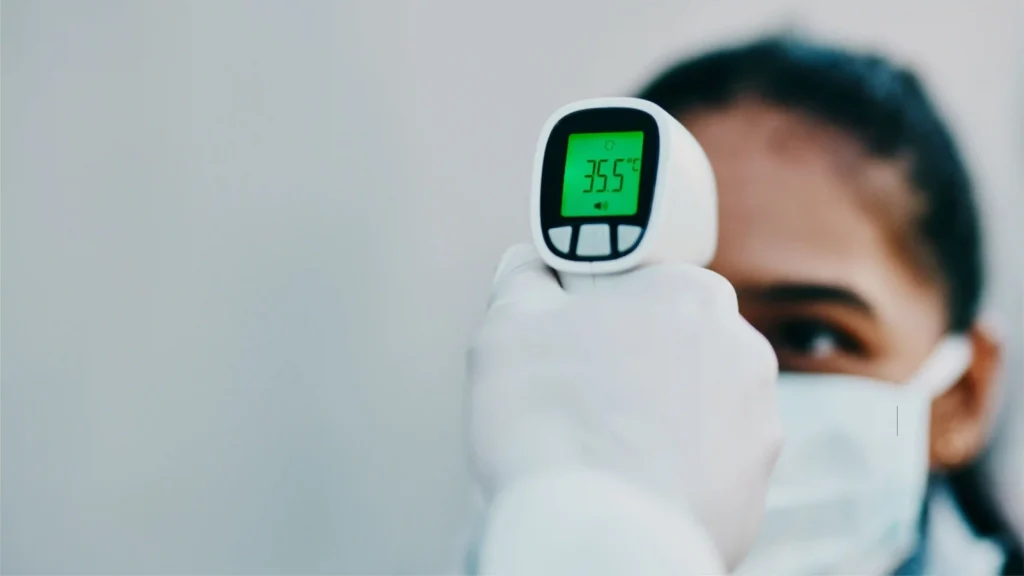
Bluetooth thermometers are the next generation of temperature measurement tools. They work just like regular thermometers in measuring body temperature but come with a twist – they can connect to your smartphone or other devices via Bluetooth. This feature allows for automatic recording and tracking of temperature readings, making health monitoring more seamless and integrated.
Types of Bluetooth Thermometers
Ear Thermometers: These are inserted into the ear and are known for their quick and accurate readings. They’re a great option for parents measuring their children’s temperature, as they are less invasive and more comfortable than traditional methods.
Forehead Thermometers: Non-contact and easy to use; forehead thermometers measure temperature by scanning the forehead. They’re highly popular in clinical settings and for home use, mainly due to their hygienic, non-invasive nature.
Oral Thermometers: The classic thermometer is high-tech with Bluetooth connectivity. Ideal for personal use, they offer precise readings and the comfort of familiar use.
Bluetooth thermometers offer more than just convenience. They provide a continuous, digital record of temperature readings, which is invaluable for tracking the progression of fevers or illnesses. This real-time data can be shared instantly with healthcare providers, enabling prompt responses to any concerning changes in body temperature.
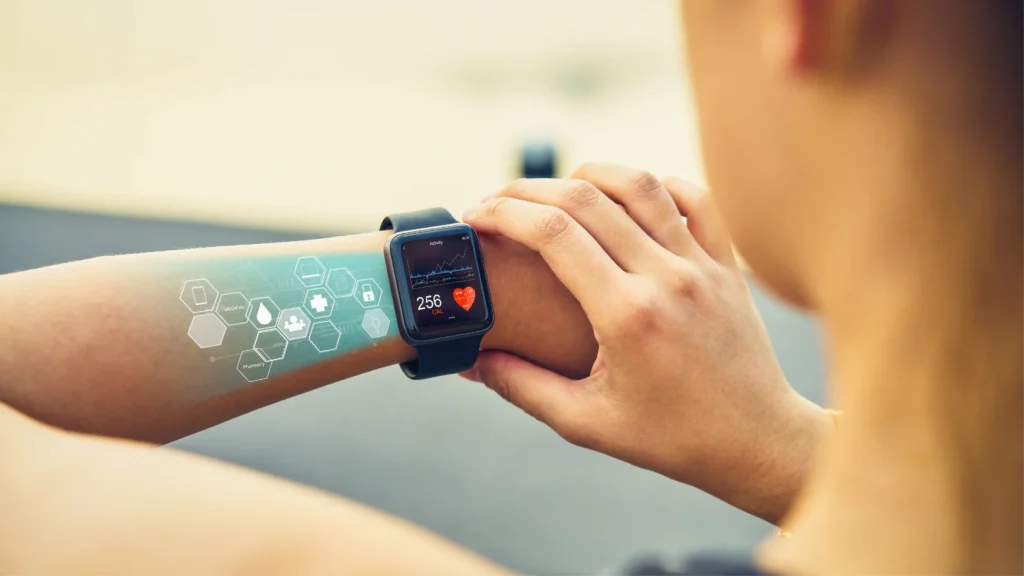
Smart wearables, like fitness trackers and smartwatches, have become increasingly popular in recent years. These devices not only track your physical activity and sleep patterns but also offer features for remote patient monitoring. With built-in sensors, they can monitor vital signs such as heart rate, blood pressure, and even ECG readings. This real-time data can be accessed by both patients and healthcare providers, enabling early detection of potential health concerns.
Remote patient monitoring devices have revolutionized the way healthcare is delivered, allowing for convenient and efficient tracking of patients’ health. From pulse oximeters to smart wearables, these devices offer a comprehensive view of various vital signs and body functions.
They not only benefit patients by providing real-time data but also assist healthcare providers in making informed decisions about their patients’ well-being. As technology continues to advance, we can expect the development of even more innovative and advanced remote patient monitoring devices.
These tools have the potential to greatly improve healthcare outcomes and empower patients to take control of their own health. So whether you’re a healthcare provider or a patient, it’s well worth considering incorporating these devices into your medical routine for a healthier future.
With proper implementation, RPM can improve patient outcomes, reduce hospital readmissions, and enhance patient engagement in their own healthcare. Stay informed about the latest updates and changes in RPM coding guidelines to ensure accurate billing and effective care delivery for your patients.

What Is Telemonitoring & How It is shaping the Healthcare industry Gone are the days of frequent hospital visits and lengthy waits in crowded waiting
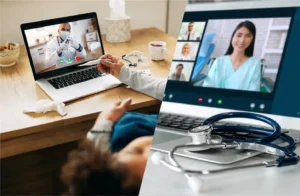
What is Cost Containment in Healthcare: How to Achieve it with Telehealth The rising cost of healthcare is a pressing concern that resonates deeply
Talk to an Expert Now